For a few years now I have been using photography as a way to explore philosophy, especially around metaphysics. Photography is bound to a practical visual reality, so depicting an abstract idea means photographing it in practice, as a real experience or something that manifests in behaviour or culture. My consideration of metaphysical ideas therefore involves interrogation and documentation of the way people relate to those ideas, how those ideas inform different rituals and practices, and even my own framework for personally relating to those concepts.
Photography, like many art forms, is often viewed in terms of legacy. I think this is especially the case with genres like Street Photography which often carry a sort of “temporal baggage” in that they document a place and time in a form of active anthropology. The “true” value of this kind of photography is often not understandable in the moment, but reveals itself over time, as things shift and change. After time passes what was taken for granted one day becomes quaint, or layered with nostalgia. A “mundane” scene of the street you grew up on may end up as the most valuable image you possess despite not necessarily being impressive from a photographic standpoint.
Despite the relatively young history of photography a photograph is a significant artefact, something that is passed along generations, with many heartwarming stories about people discovering boxes of images that connect them with grandparents and other people in their past. This role of photograph as bridge to the past has inspired discussions about the potential for a lost-generation scenario, where our only records are password protected or in an inaccessible format. Will the future equivalent of a shoebox in the attic be a cloud password on a post-it note? If a service isn’t paid for or expires will that photographic bridge expire along with it?
From this perspective the value of film photography lies with its immutability relative to a digital process. A physical, well fixed and archived negative may last many hundreds of years. After those hundreds of years if darkroom chemistry is still available it may be used to make the same darkroom print I could produce with it today. With advances in digital and optical technologies a much better resolution scan may be produced after that time than we can achieve today. The long-term potential for the utility of a film negative is unmatched by most consumer digital options.
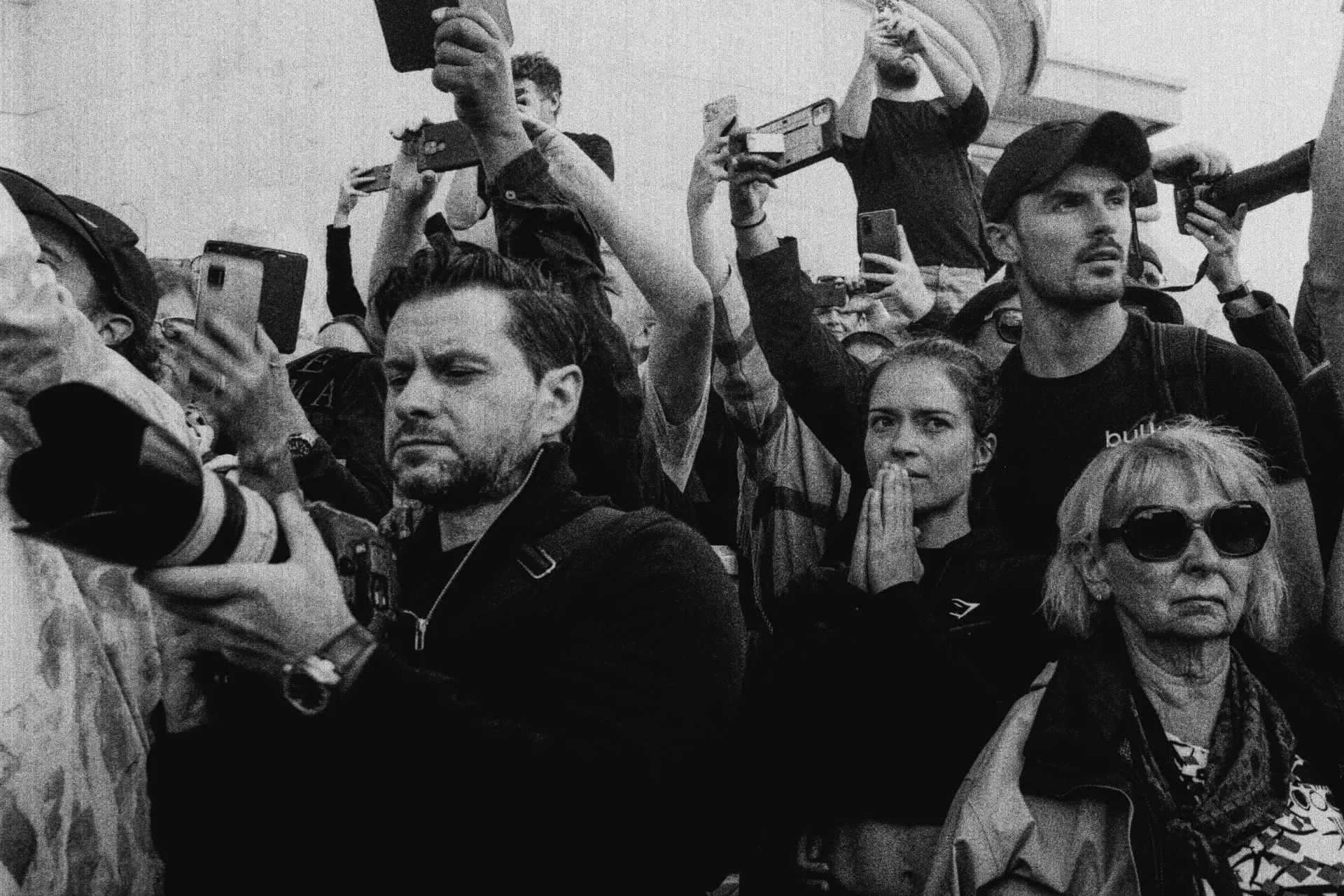
Despite all of these factors being fascinating for me to think about they are not really aspects of my personal use of film for my photography. In fact, when I really think about it, I lean in almost the opposite direction entirely. I don’t particularly care if my photographs outlive me, and if I had to care then I think I would not want them to. I’ve recently been reflecting on my time with a camera over the last decade, looking to see how my work overall contributes towards some larger picture if at all in what I am trying to make as my life’s work. On my personal blog my recent entries have expressed this contentious energy, even the notes I make about finding hope sound bleak as I struggle to make the most of my time.
I am not using film photography as my medium of choice because I want to draw out the amount of time I can hold onto something temporary. I am not using film in order to leave behind something friendlier to sort through after my death; I’ve had an article in the “drafts” section of my personal blog for some time titled “When I Die, Burn My Negatives”, which I’m sure I will eventually publish. Even without fire, my negatives, like the chalk of a mandala, will flow away over time. I have no illusions of persistence.
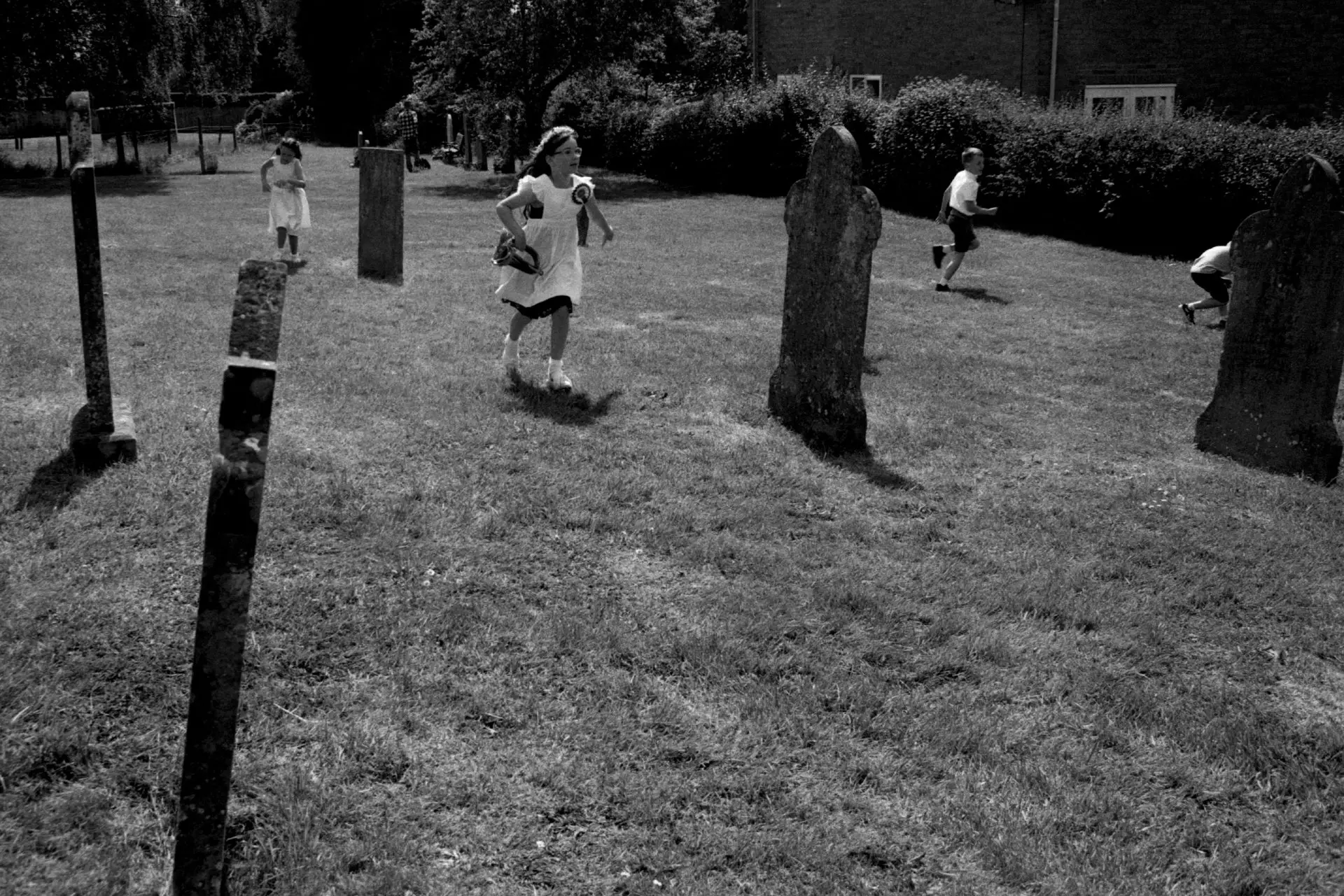
Photography can be a collaboration with the flow of life itself, to make something from the fabric of one of our primary senses which can then contribute to telling a story, or simply showing something beautiful. Photography is a prolonging of vision, but what good is preservation without the secondary step of sharing that moment with someone else? I am not embalming these moments in order to reflect myself, but to show someone else; to amplify that moment through people, not time. Who would I tell a story to, or show something beautiful if not someone else? The advice “photograph for yourself” doesn’t only mean to make images for your own enjoyment, the benefit can come from sharing that enjoyment with others. Photographing for someone else can be the same thing as photographing for yourself – it’s just a different step of photography that each would be referring to.
Rejection of seeking permanence adds an urgency to everything I work on. I find myself using photography to create something temporary from an experience of something temporary while communicating something that will only be relevant and meaningful temporarily. I want to make photographs which have an impact today, which have a function in the present, not for some abstract future. This is a sentiment which I explore in my book “Dream Grieving” which uses photography alongside a body of writing to express some personal ideas I’ve worked through over the last few years.
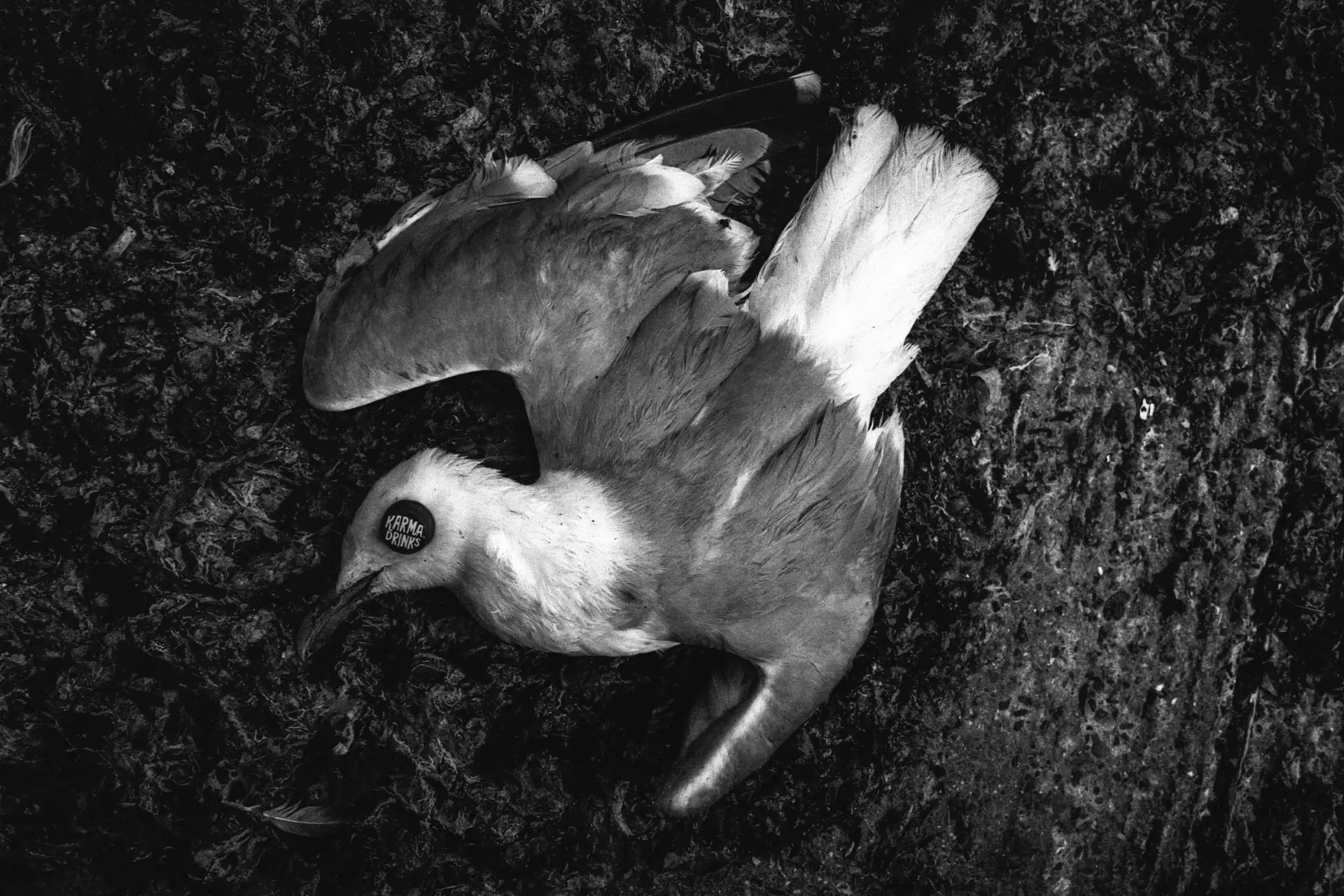
Death is a topic I have, and will likely continue to, explore in my work. Despite working through my personal thought process around death in “Dream Grieving” I think there is more I can contribute in an exploration beyond my own attitude in a documentation of more than just funeral rites but something more empirical, more universal. This will result in some photographs with deeply sensitive and emotive connotations, and the topic is overall a taboo subject. I recently wrote about how one of my photographs resulted in a conversation around a subject which simply isn’t denoted in the picture, but people inferred their own meaning from what few elements were provided. I think this is bound to happen again in my images depicting death, except here it will almost be the point: to present a meaningful set of ideas to exist within a wider conversation.
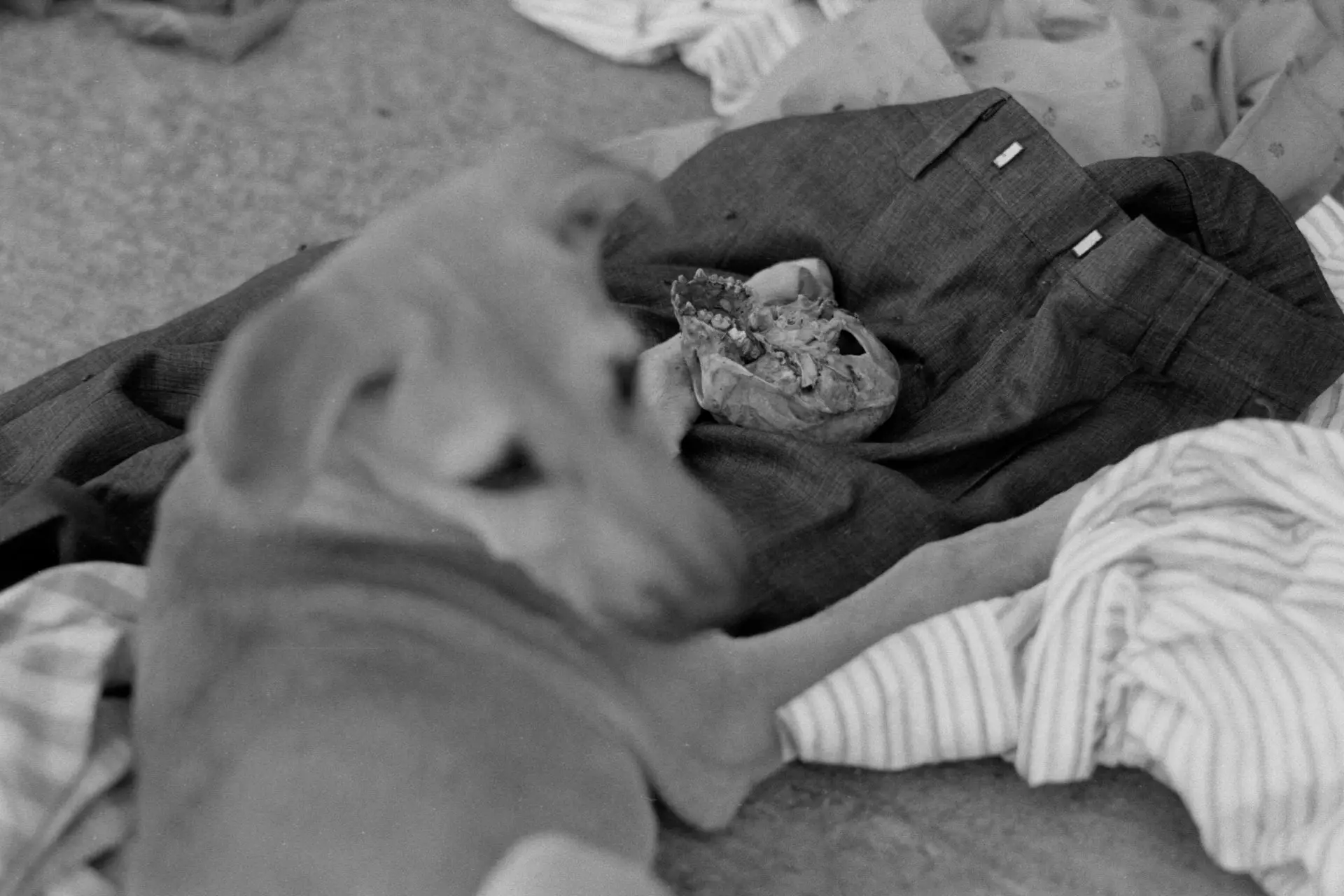
I can imagine that to some the topic is too morbid, or abstract to be worth the effort. Is there that much to talk about beyond what’s already covered by religion and philosophy? Does it need to be explored in photography? Is such imagery valuable beyond possible shock and melancholy? I think these questions are what make it worth exploring such an idea, because even if the answer is “no” that’s still an answer. Whatever the final state of my projects I don’t think I’ll regret committing to producing them.
Film photography offers a tangible workflow, a way to “prove” my results in a way that digital methods cannot compete with. For collaboration with real life, real experiences, I would not want to use any other method, and will work with film until they stop producing it, or until it is priced out of my reach. While I am around to use photography for present day expression I will do so as best as possible, while verifying that these frames really do represent the light that spilled through my lens. The only meaningful conversation about death is one which relates it to life, and I will hold my share of that using the medium I find best fits my desired expression, and which has the lowest discord with the message it contains.
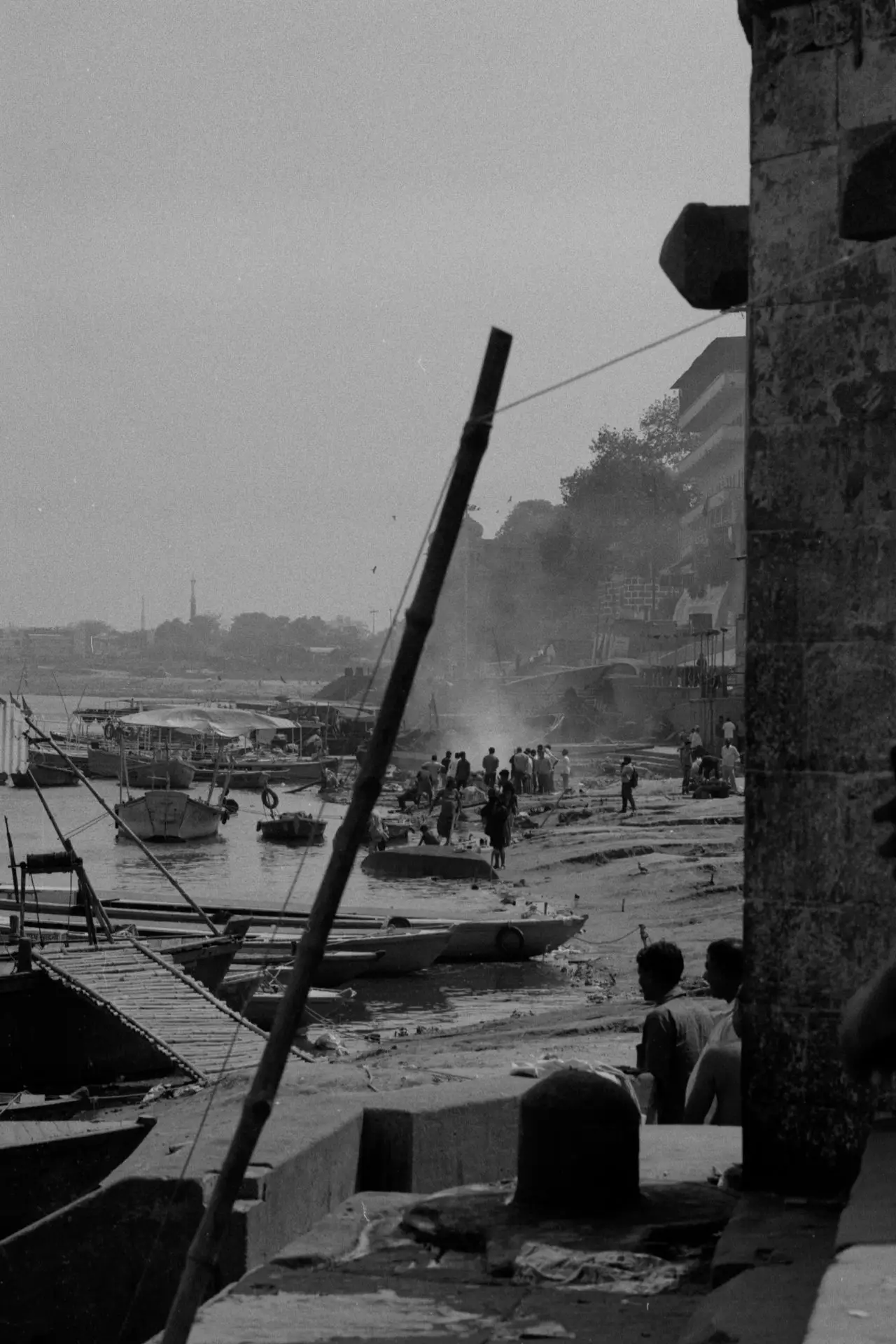
Please consider supporting my work, by purchasing a print, publication, or sharing my work with someone you think may find it interesting!
Share this post:
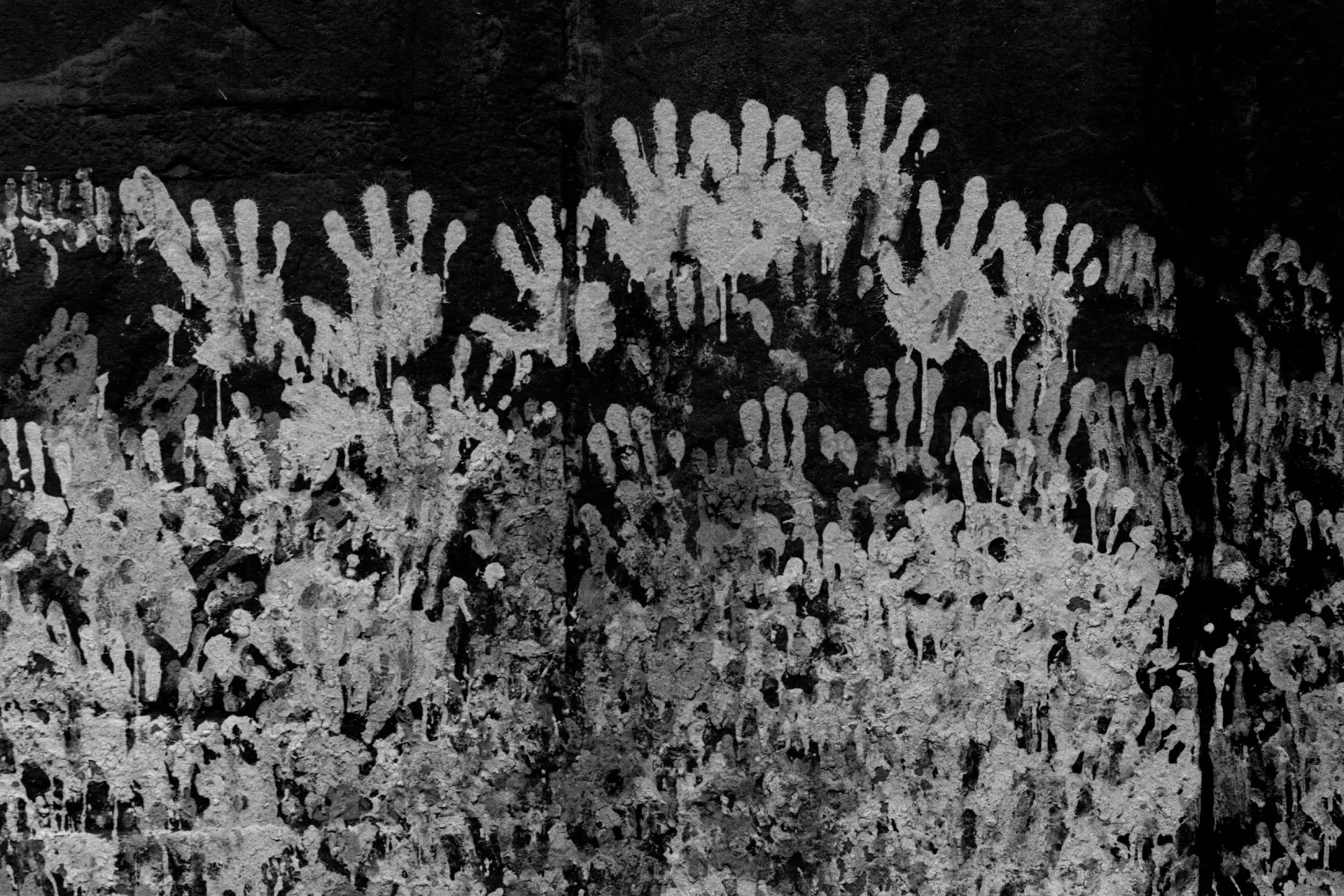
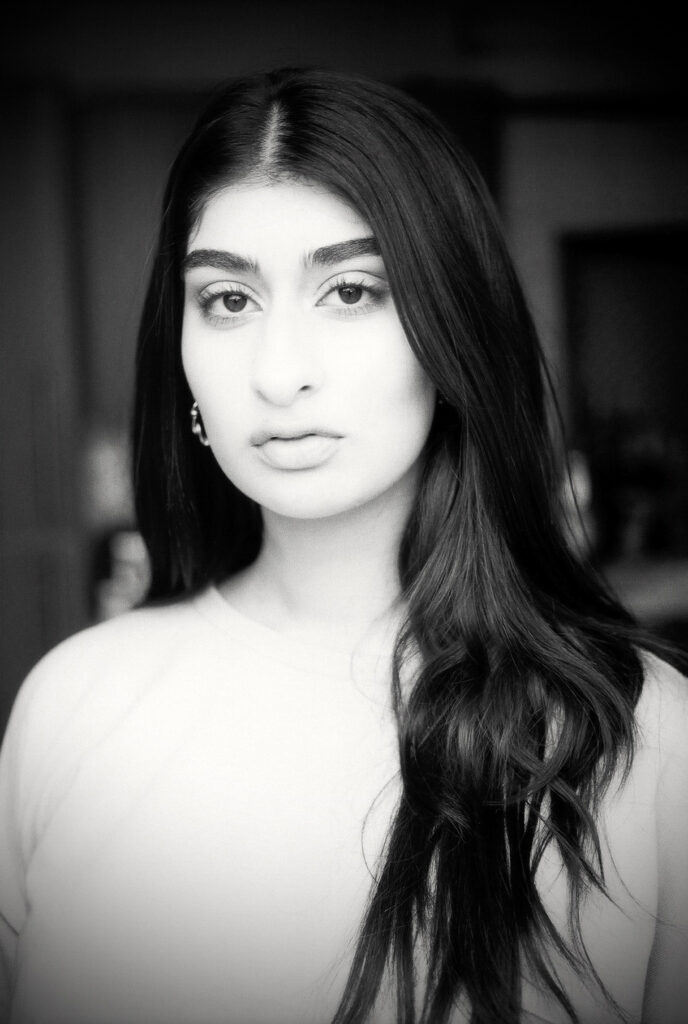
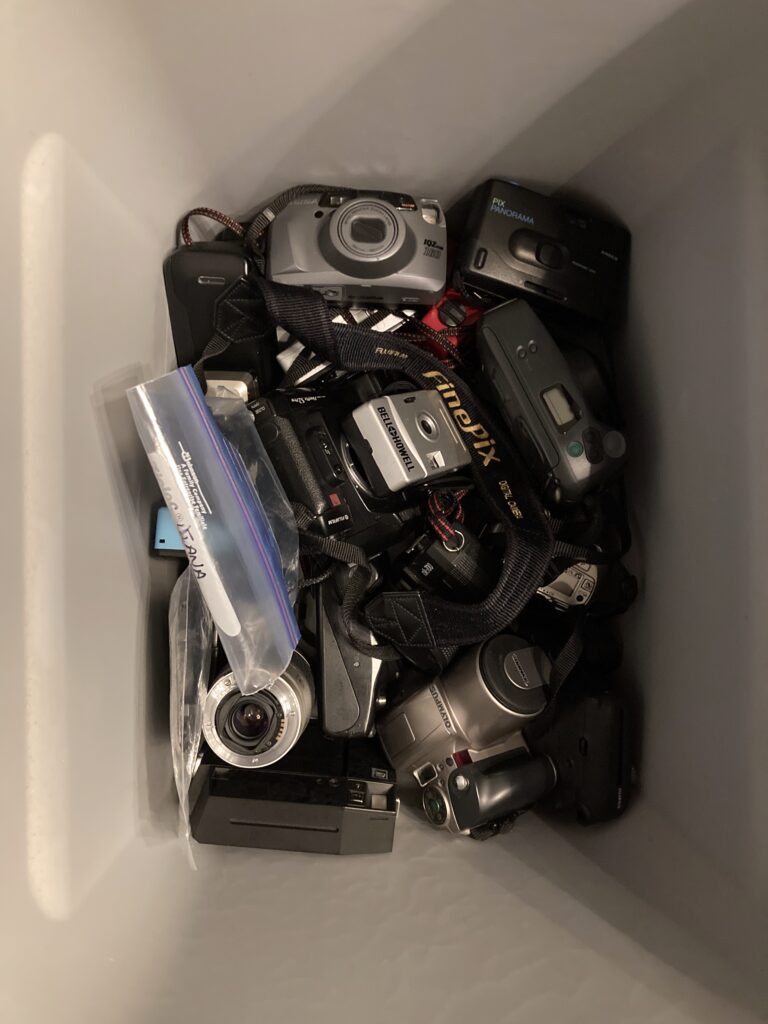
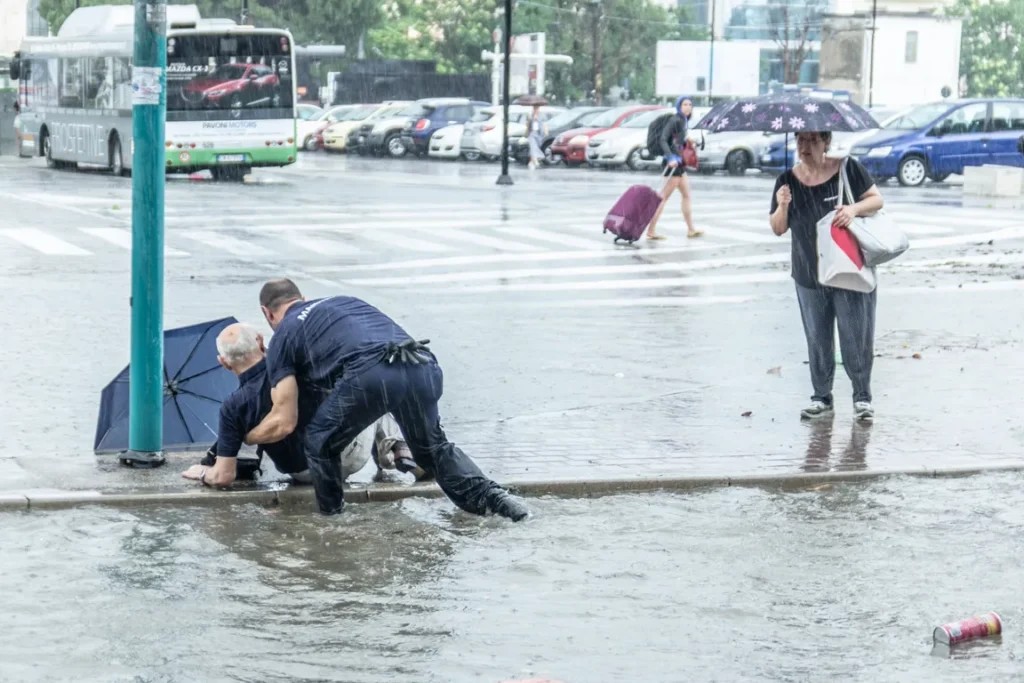
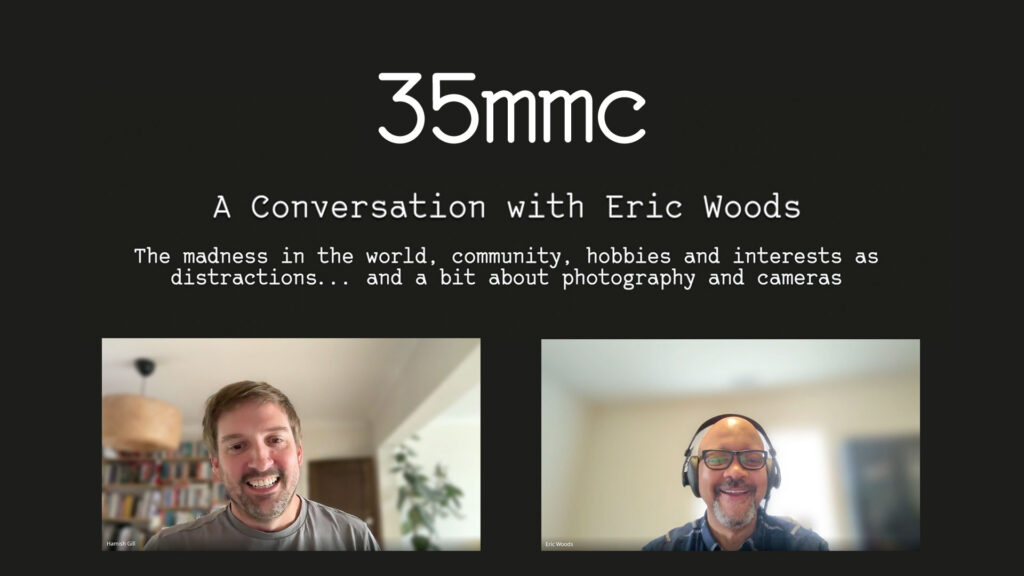




Comments
Art Meripol on Death and Film Photography
Comment posted: 25/07/2023
Daniel Castelli on Death and Film Photography
Comment posted: 25/07/2023
As for the prints, I’m making a series of hand bound, hard back photo books. Each book has 12-15 analog prints, bound to the page in the style of 19th century photo books. In addition, each book has a detailed colophon of why each print was chosen, photo data, etc. This is what I’m passing onto my wife & daughter. The series will take up two bookshelves. The books measure 8x8.
I think my legacy & first person memory will only last about 40 years. But, as the good Sisters of Mercy taught us, dust to dust.
Reed George on Death and Film Photography
Comment posted: 04/08/2023
James on Death and Film Photography
Comment posted: 08/08/2023
I'll also have to take a read of that book by Tim Carpenter. Sounds fruitful.
Pax.
Gary Smith on Death and Film Photography
Comment posted: 21/08/2025
How long beyond our passing will these musing continue to exist in whatever cyberspace becomes?